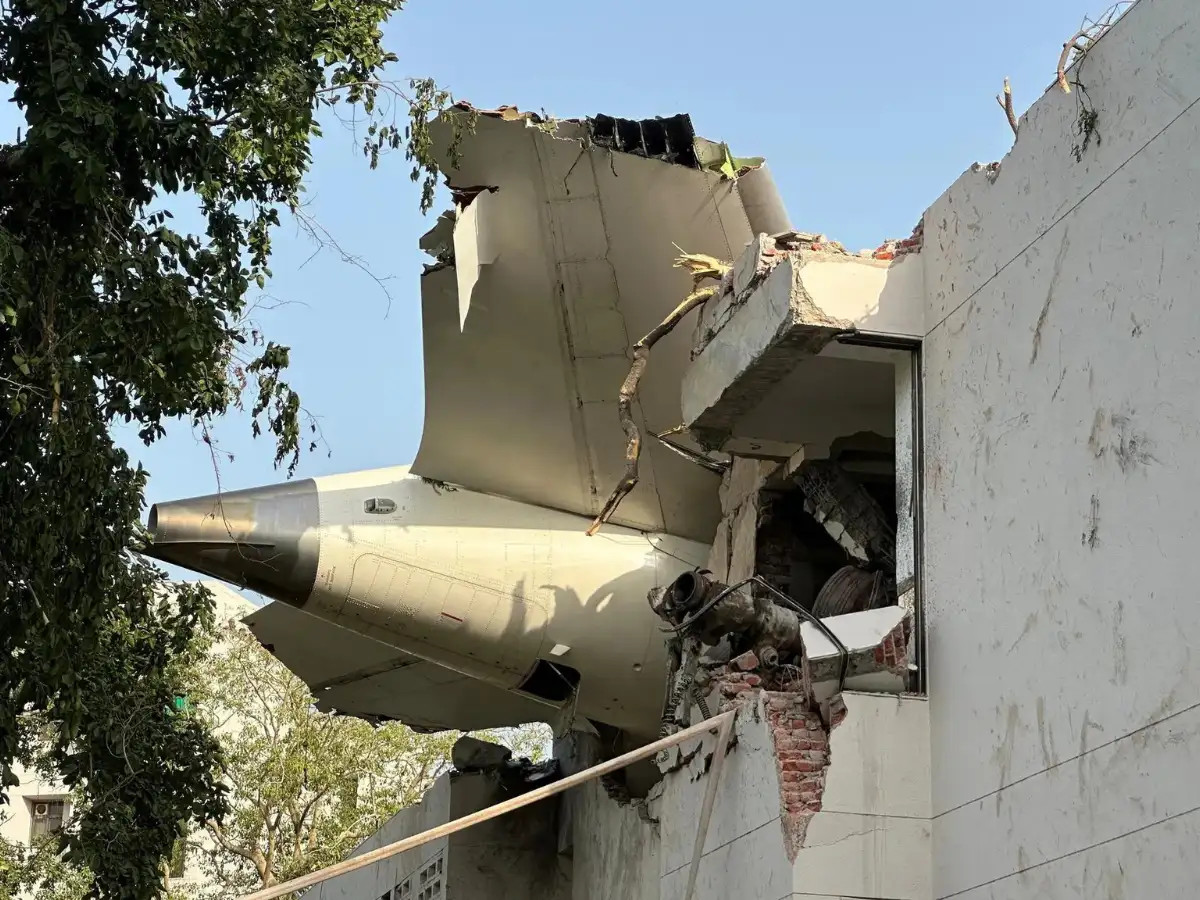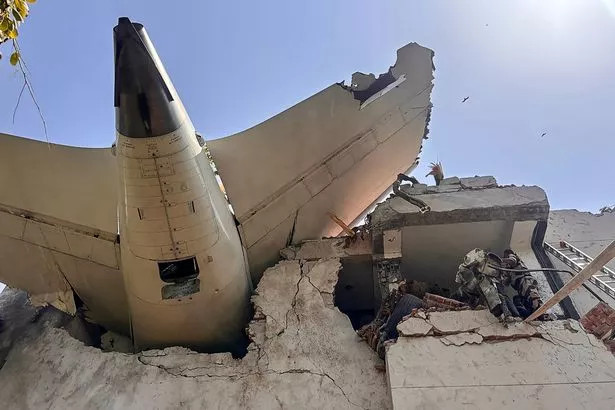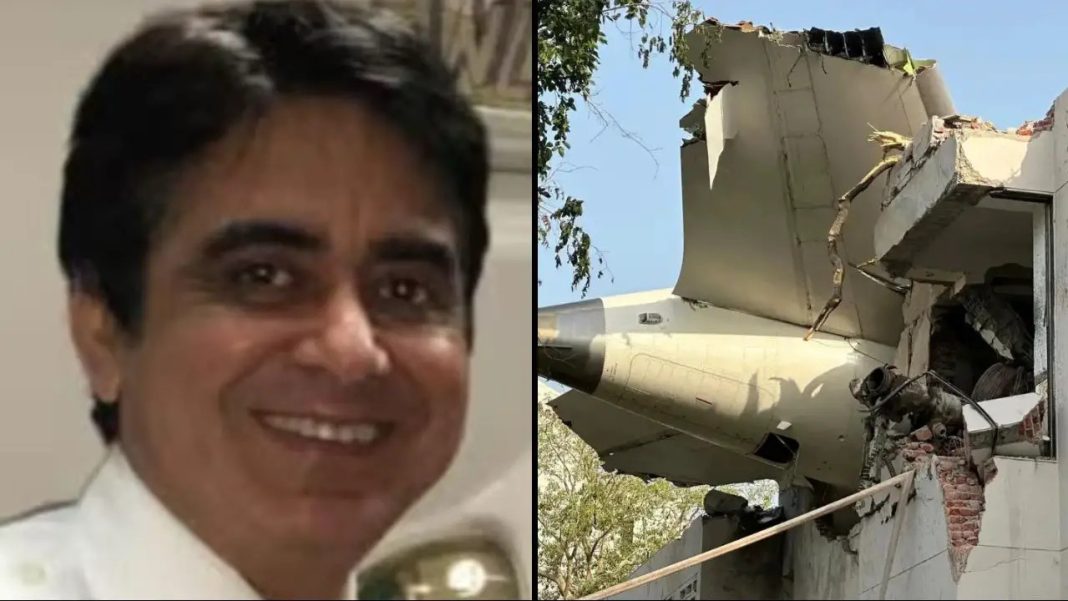Tragic Crash of Air India Flight 171: An In-Depth Analysis
The recent tragedy involving Air India Flight 171 has sent shockwaves across the globe, highlighting the inherent dangers of air travel and the devastating consequences of aviation disasters. This catastrophic incident, which occurred shortly after takeoff from Ahmedabad, India, resulted in the loss of 265 lives, making it one of the deadliest aviation accidents in recent history. The Boeing 787-8 Dreamliner was en route to London Gatwick, carrying a diverse group of passengers, including 169 Indian nationals, 53 British nationals, seven Portuguese nationals, and one Canadian.

On that fateful day, the plane departed at approximately 1:38 p.m. with a total of 242 individuals onboard. Eyewitness accounts and video footage from onlookers reveal the aircraft taking off and subsequently flying dangerously low over a residential area. As the plane continued its ascent, it suddenly descended to a mere 625 feet before disappearing from view behind trees and buildings, culminating in a catastrophic explosion that would claim countless lives.

Details of the Crash
The aircraft collided with a hostel building belonging to the B.J. Medical College, which was part of the institution’s residential facilities. Tragically, this crash resulted in the deaths of 241 of the 242 passengers onboard, as well as at least 28 individuals within the medical hostel. The sole survivor, Vishwash Kumar Ramesh, a 40-year-old British citizen, was remarkably seated near an emergency exit, an aspect that likely contributed to his survival amidst the chaos.
Ramesh recounted the horrifying moments following the crash in an interview with local news outlets. He described a loud noise that erupted just thirty seconds after takeoff, followed by the rapid descent of the aircraft. “I don’t believe how I survived. For some time, I thought I was also going to die,” he stated, emphasizing the sheer shock and disbelief that accompanied his harrowing escape. Eventually, he managed to unbuckle himself and flee the wreckage, sustaining multiple injuries but defying the odds by being the only survivor, a narrative that further underscores the random nature of survival in such dire situations.
The Victims of the Flight
Among the victims were British couple Jamie Ray and Fiongal Greenlaw-Meek, who had traveled to India for a ten-day wellness retreat. Just hours before the tragedy, they shared an uplifting video message with their followers on social media, describing their time in India as a “magical experience.” Their jovial spirits and anticipation of returning home to London poignantly contrast the bleak reality that awaited them. They expressed their delight in savoring local cuisine and relished the enchanting experiences they had encountered during their journey.
In addition to Ray and Greenlaw-Meek, the passenger list included families, business travelers, and students, each with their own stories and dreams. The couple’s last recorded moments—including their light-hearted remarks about the long flight back—serve as a chilling reminder of the fragility of life and the unpredictability of fate. Such instances further emphasize the profound impact of this aviation disaster, not just on the families directly affected but also on the wider community that mourns the loss of innocent lives. Support groups have begun forming to assist the families left behind as they navigate this horrific tragedy.
An Investigation Underway
As investigators piece together the timeline of events leading to the crash, the aviation community is left grappling with the questions surrounding it. Captain Sumeet Sabharwal, who had over 22 years of experience as a commercial airline pilot, and his co-pilot, Clive Kundar, were both regarded as highly competent professionals in the industry. Shortly after takeoff, a mayday call was transmitted from the cockpit, a distress signal that was ominously followed by an unsettling silence. This raises critical inquiries into what may have caused this sudden and catastrophic failure.
Preliminary findings indicate that shortly before the accident, a loud bang was reported, coinciding with the mayday call. The aircraft’s black box, or Flight Data Recorder (FDR), has been located, providing investigators with invaluable data regarding the flight’s altitude, speed, and engine performance in the moments leading up to the tragedy. This information could be crucial in determining the sequence of events that culminated in the disastrous crash. Authorities are now working meticulously to analyze the data, hoping to uncover any mechanical or operational issues that may have contributed to this harrowing event.
Implications for Aviation Safety
The implications of such accidents extend beyond immediate loss, reverberating through the realms of aviation safety and regulations. In light of this disaster, the aviation industry faces renewed scrutiny regarding aircraft safety standards, pilot training protocols, and emergency response mechanisms. Regulatory bodies around the world are likely to reassess existing policies and implement new measures to prevent similar incidents in the future, echoing previous reactions to high-profile incidents in aviation history.
The tragedy of Air India Flight 171 serves as a stark reminder of the unpredictability of air travel and the profound sorrow that can ensue from such events. The memories of those who lost their lives continue to resonate, as investigations continue to unveil the factors that led to this heartbreaking incident. As the world reflects on this catastrophe, the hope remains that lessons learned will guide the industry towards a safer tomorrow, fostering innovations that will enhance the overall safety of air travel and, ultimately, prevent such tragedies from occurring again.

















